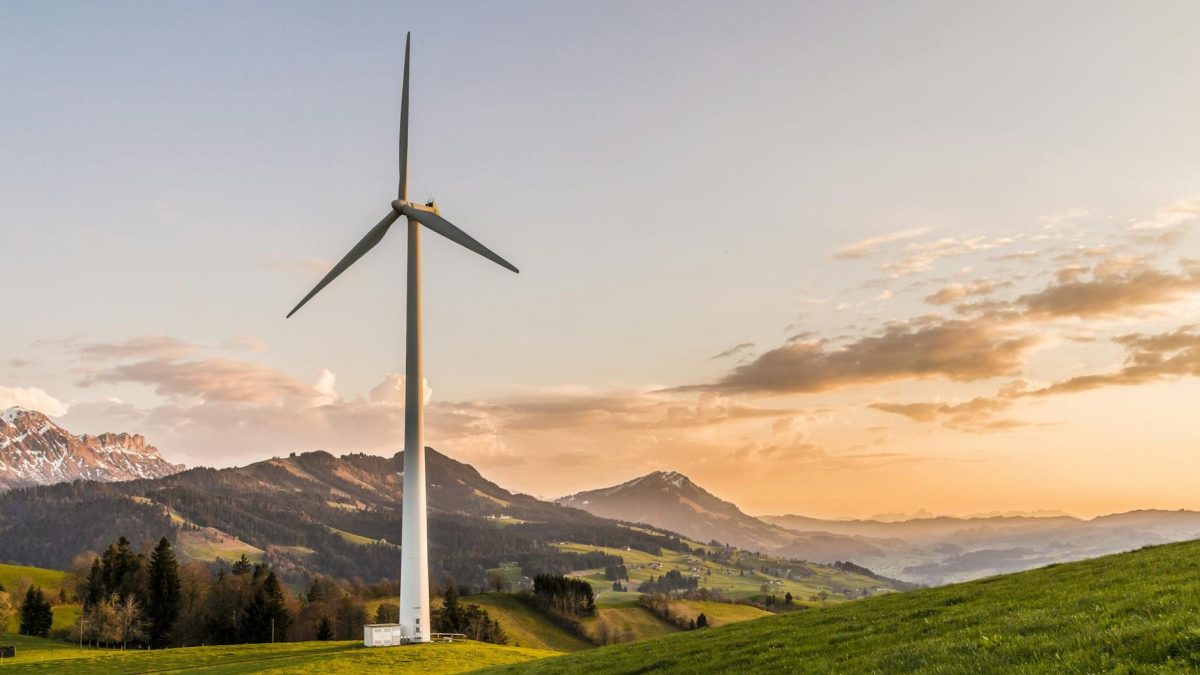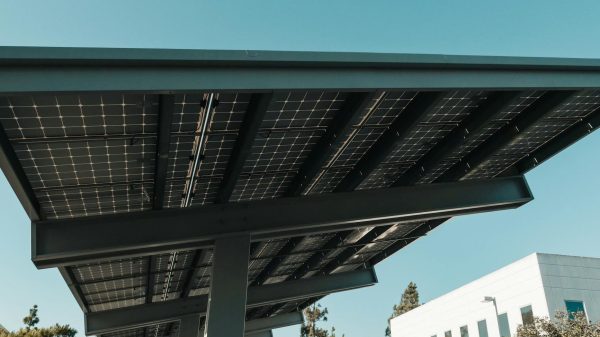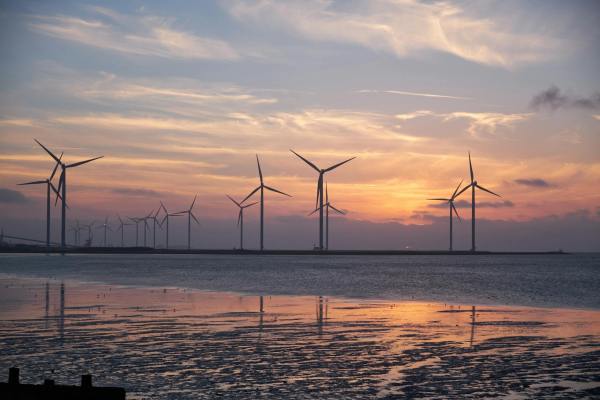What are the benefits of this model?
The ESaaS model offers several significant advantages:
- Modernisation without initial investment (no CapEx): it allows plant modernisation without requiring an initial investment, which does not negatively impact the company’s cash flow.
- Reduced energy consumption (less OpEx): Contributes to lower operating expenses by improving energy efficiency, resulting in lower energy consumption and associated costs.
- Savings-based payment: Supplier is paid on efficiency, if savings are not present there is no payment.
- Improved monitoring: Provides enhanced monitoring with the ability to proactively detect faults and adjust parameters to ensure maximum energy efficiency.
- Specialised maintenance: Provides specialised maintenance that not only reduces operating costs associated with failures, but also improves equipment availability and efficiency, extending its lifecycle.
In short, the ESaaS model not only has financial benefits, such as no upfront investment and optimised operating costs, but also improves operationally by providing advanced monitoring and specialised maintenance. This makes it an attractive approach to drive energy efficiency projects, allowing Telefónica to maintain its investment focus on the strategic core of the company.
How does the ESaaS model differ from traditional models?
The main difference between the ESaaS model and traditional models lies in the ability of ESaaS to establish long-term collaboration agreements with technology partners. In this approach, it manages to improve its energy efficiency through end-to-end solutions that optimise infrastructure, implement modern equipment and provide specialised maintenance. Unlike traditional models, in ESaaS, the provider earns revenue on an ongoing basis for the duration of the contract and has the opportunity to participate in new projects over time. This approach not only involves a transactional relationship, but fosters a long-term partnership based on collaboration and the achievement of common goals.
Energy and Climate Change
The Energy Saving as a Service (ESaaS) model contributes significantly to the achievement of our objectives by offering effective solutions for energy optimisation and savings.
- Improve energy consumption per unit of traffic by 90% by 2025, compared to 2015.
- Achieve 100% of electricity consumption from renewable sources by 2030
- Reduce scope 1+2 emissions by 90% in 2030, compared to 2015, and reach net zero emissions in 2040 including scope 3.











